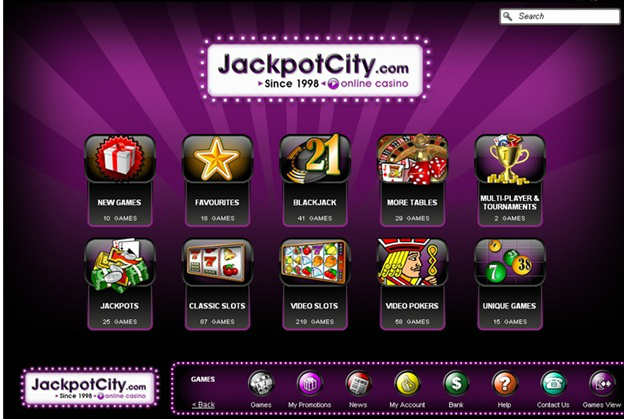In the near future, two terms littering most tech feeds will be “tablets” and “gaming”. Tablets are fast making an effort to replace traditional desktops and laptops as primary computing devices.
However, one obstacle they have yet to overcome is in the realm of gaming. When someone says Assassin’s Creed, Splinter Cell, Call of Duty or Legacy of Kain (a classic based on the story alone) do you immediately think of a wonderful gaming experience on a tablet? The answer is an unequivocal NO!
When a game is launched on iOS or Android platform, it could potentially stand out as a record breaker of any kind, a smash hit, or an instant classic. With revenues said to have crossed USD 66 billion, no game manufacturer can afford to be left out.
So far most serious games available on tablets are not designed for them. They are basically console or PC games adapted for mobile gaming. Max Payne, GTA III or even exclusive tablet releases, all import their functionality from another platform. Gyroscopes control the camera (instead of the mouse or right analog stick), and designated areas on screen replace button functions. It rarely works as well as it sounds. Games like Angry Birds, Where’s My Water etc have explored some new territory when it comes to touch interface, however that was an accomplishment for the mobile platform which tablets alone cannot be given credit for. Anything targeted on a tablet can and usually does come out on mobile devices as well. This may just be caused by lack of interest from tablet users as they do not constitute avid garners. Not yet, at least.
The bridge that exists between tablet users and gamers is one that requires a bit of an effort to cross. Unlike the industry’s standard response to every complication, better graphics won’t help in this situation. It requires genuinely ingenious game play that becomes a trademark to the platform, like shooters did for PCs.
The constraints faced by game developers are understandable. They do not see tablets as a high enough priority to dedicate valuable time and resources in order to create exclusive content. Fortunately the industry has matured enough that the process is starting to bloom organically. Razer has come to the rescue with Project Fiona 2, but it too had to resort to employing buttons while not entirely relying on the touch aspect of the screen.
Other developers offer controls as interactive parts of the screen, this deprives you of feedback, your fingers are a perfectly good response system employing millions of neurons assuring you have made contact with a button, and not just scratched the flat surface of your iPad. Tactile precision is a must for dedicated garners. Long story cut short, current tablet releases are not exactly ‘shooter friendly’, and this keeps the more avid garners at bay.
On the other hand, with the expected arrival of Power VR Series 6 (think of it is as the NVIDIA 580 gtx of tablet games) and Fiona, tablets have everything going for them. This is helped by the fact that a tablet game can cost between $1 and $15, whereas a PC/Console game can end up costing $60 (not counting DLCs).
A solution exists in limiting the buttons like the classic Nintendo Entertainment Series and use slightly transparent colored boxes instead of defined tiny buttons. It might be easier to interpret larger sections of the screen instead of smaller hidden ones. Maybe they can create a system where hand swipes replicate motion; flicking/ swiping/dragging up moves the character up. And this would especially work well with classic games. But considering limited camera control, it is doubtful if tablets will draw in hardcore First Person Shooter crowds.
The internet would have you believe that tablets are about to render gaming consoles obsolete, and this is true for handheld gaming devices. A search of “top 10 games for the [tablet name here]” will show you that the top games usually do not require camera control. Point and click games have dramatically improved with the touch interface and the tablet’s larger screen facilitates the entire game environment. Monkey Islands HD releases were a hit for this very reason.
So what can tablets do? They can give you an amazing experience with touch alone; they don’t even need an “immersive 3D world” to create intriguing content. Imagine how much better it would have been to play Starcraft 2 on a touch interface while eliminating the mouse altogether. It is entirely possible that the tablet classics come from Real Time Strategy, Manager/simulators. Playing manager games (like the Sims and Zynga’s villes) is such a breeze on the iPad, compared to how tedious they are online. It can be argued that these games aren’t exactly a crowd puller, but when we started out with the Atari, a hardcore gamer didn’t even exist. The consoles evolved until a hardcore gamer was created. These strategy/management based games can serve as an excellent starting ground to help the tablet platform find its sweet spot.
To raise its gaming credibility, this platform needs to optimally utilize the hardware, touch interface, screen space and connectivity to deliver a unique experience on a whole new level, something that would be impossible without the device. There is no denying that tablets are a big step forward in personal computing. However, as a definitive gaming platform, they still have miles to go.
My verdict: Invest in a tablet, the iPad seems to be doing everything right and the recently released Nexus 7 seems to know what it’s doing, but do not toss out your gaming devices just yet. You will miss out on many of life’s important experiences.


